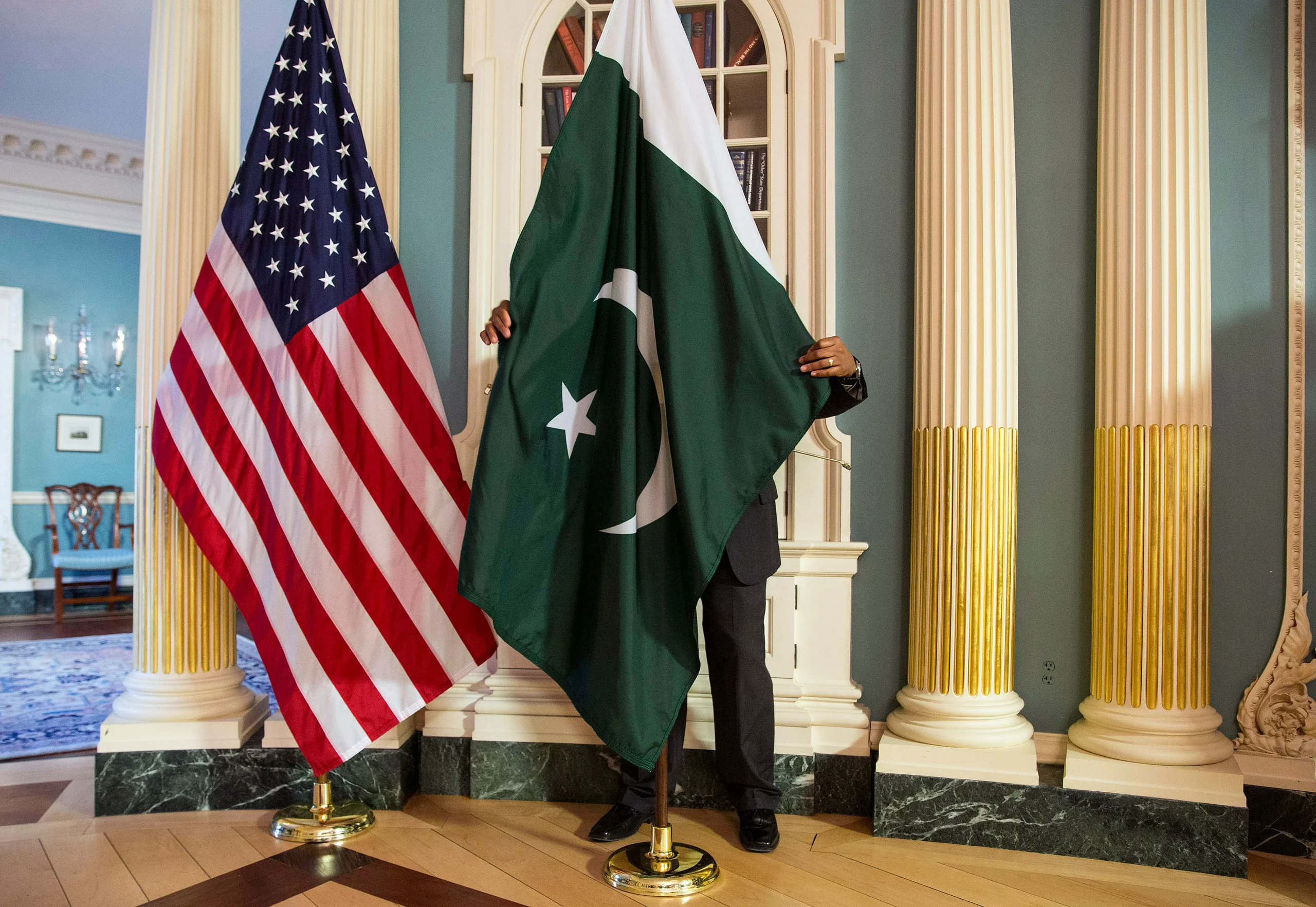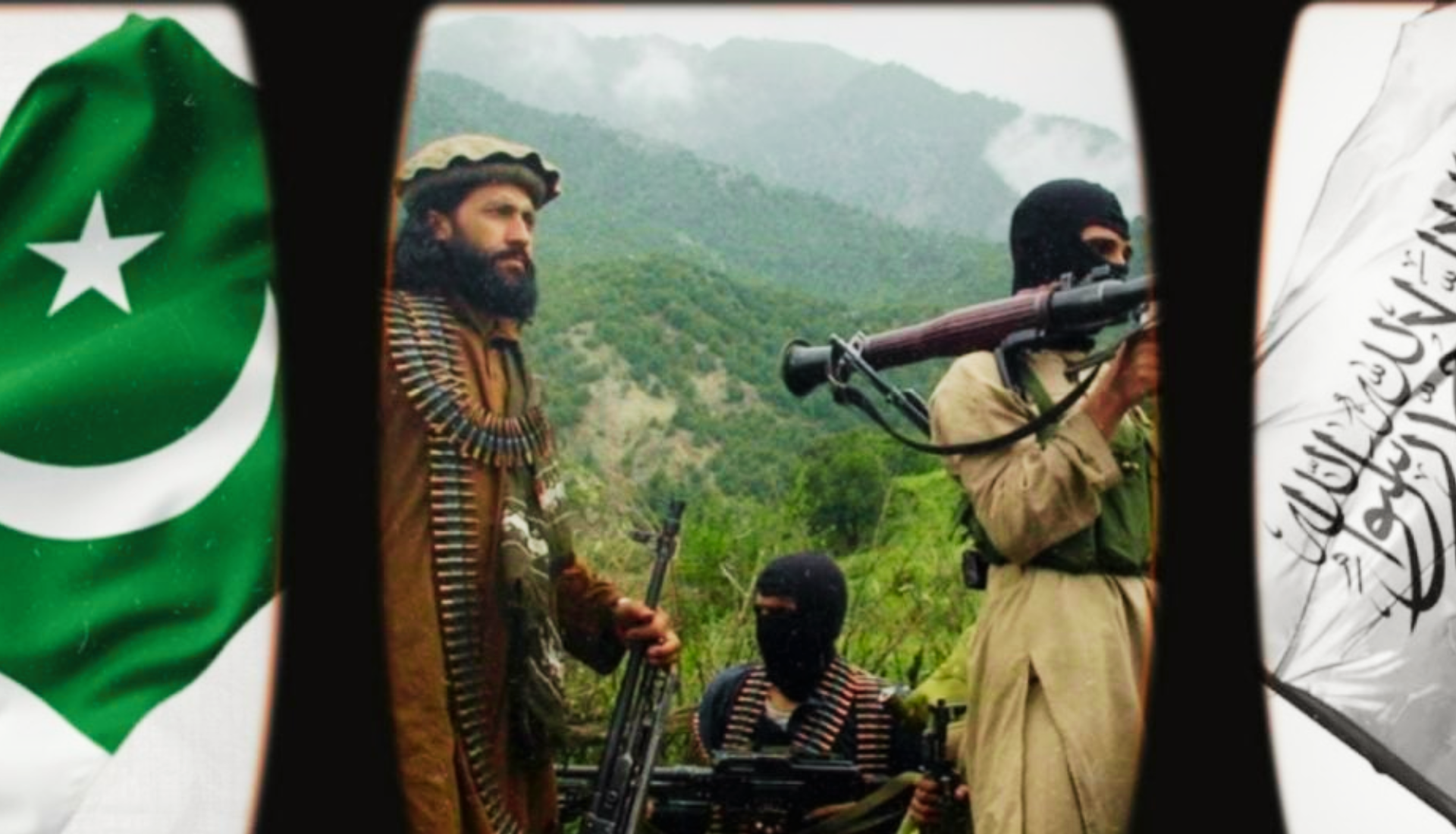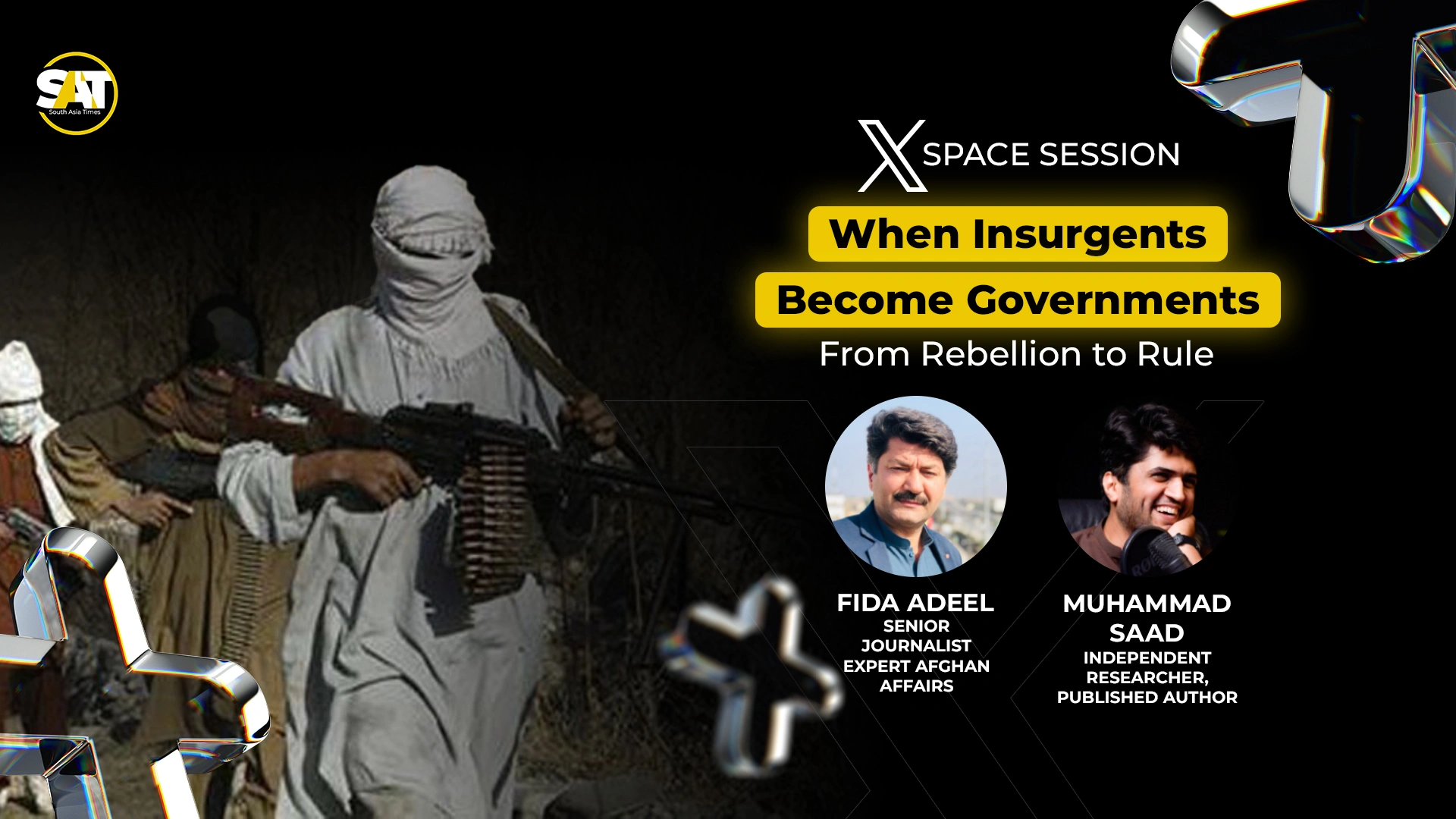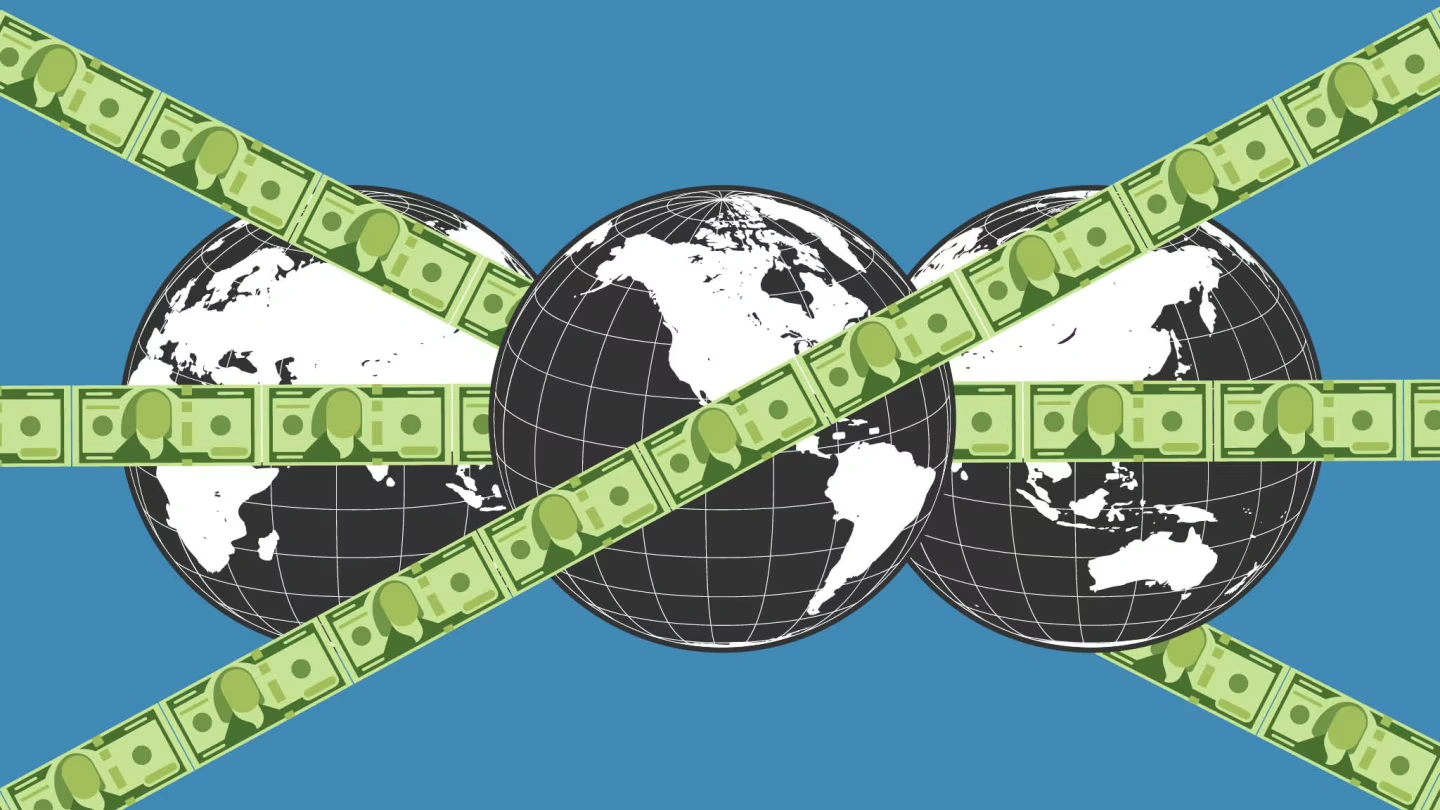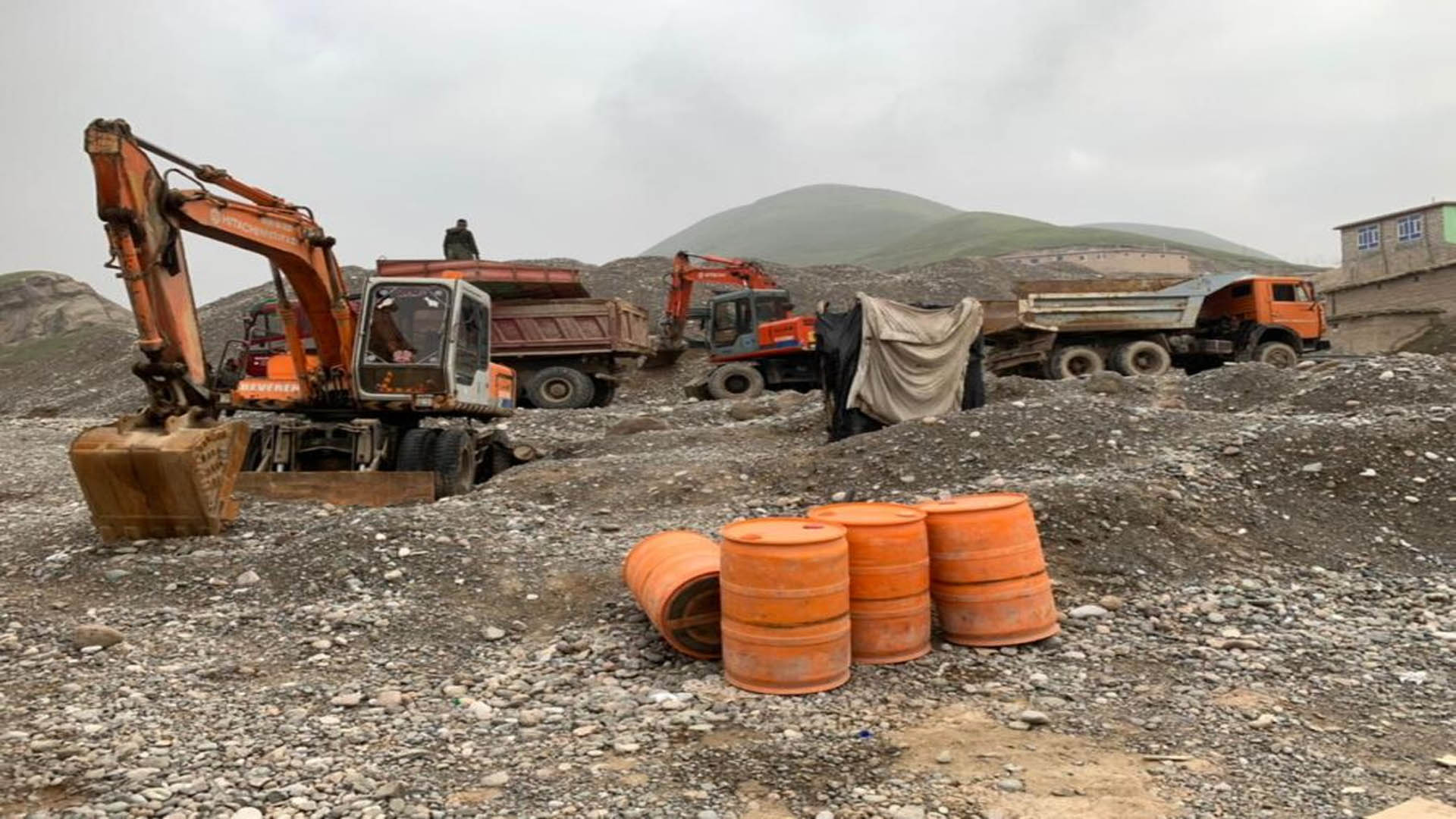Sunlight surrenders to twilight in South Block, India’s diplomatic heart. Here, whispers orchestrate destinies, behind ornately carved doors adorned with tales of battles long past. But whispers hold another story – of ancient texts, like Kautilya’s mythical Arthashastra, outlining a legacy of Indian statecraft. This revered text, penned centuries ago, delves into statecraft, diplomacy, and even espionage. Did these whispers in the corridors simply echo the wisdom of the past, or do they represent a living tradition, a hidden current guiding India’s foreign policy?
So, the story begins here, not with a bang, but with a hush. We descend into the labyrinthine corridors of South Block. This is where whispers turn to murmurs, secrets coalesce, and the true depths of Indian statecraft await exploration.
The soul of Indian statecraft, a tapestry woven from the threads of artha (strength of treasury), dharma (righteous conduct), and niti (the art of diplomacy), as embodied in the Arthashastra, pulsates through these halls.
Do these ancient principles extend beyond the realm of diplomacy, shaping unseen operations in the shadows, far beyond India’s borders?
Perhaps the whispers that thread through South Block carry echoes not just of negotiation strategies, but of operations shrouded in secrecy.
Once Upon a Time in Ottawa…
Consider for instance when in Ottawa… The Canadian Prime Minister, known for his steadfast demeanor in the face of adversity, found himself addressing the Canadian Parliament. His voice betrayed an uncharacteristic tremor. Gathered before a solemn audience, he recounted a tale that would soon capture headlines worldwide. — A tale of betrayal and tragedy. A tale woven with accusations that shook the very foundations of diplomatic discourse.
The accused? None other than India—a nation revered for its rich tapestry of cultures and its stalwart commitment to democracy. Yet, on this fateful day, allegations surfaced of India’s involvement in a heinous crime. The assassination of a Sikh activist on Canadian soil. As the Prime Minister spoke, his words carried not just the weight of political condemnation but also the anguish of a leader grappling with profound implications for his nation’s relationship with a longtime ally.
![Justin Trudeau at the House of Commons in Ottawa on September 18, 2023 - India statecraft expose` [Image via Reuters].](https://southasiatimes.org/wp-content/uploads/2024/07/Khalistan3.webp)
Concerns Echo in Washington
Across the Atlantic, in the corridors of power in Washington, similar murmurs of concern began to echo. Reports hinted at a disturbing incident—an alleged attempt on the life of an American citizen. — The incident raised unsettling questions about the reach and methods of those implicated.
Amidst the flurry of accusations and diplomatic uproar, international platforms such as The Guardian, unveiled a report in April 2024. It alleged India’s extrajudicial actions across borders, casting a shadow over its global reputation. Earlier revelations by The Intercept in November and December 2023 had already exposed the clandestine operations of what were described as India’s covert networks and death squads, painting a chilling portrait of power unchecked.
Lingering Shadows
However, these accusations were not met with the rigorous scrutiny they deserved. Instead, they have lingered in the shadows, their implications largely ignored. It is crucial to unravel the layers of this narrative, to delve into the heart of this geopolitical shift. What forces are at play here? What unseen hands are guiding this alarming transformation in international relations? The answers to these questions could uncover a reality more unsettling than the accusations themselves. They hint at a deeper, more pervasive strategy at work. Let’s narrate this bard since its very inception.
Also See: A Decade of Modi: India’s Democratic and Diplomatic Conundrum
Tracing the Roots
This is not a story that begins in 2020, or even 2021. Its roots snake back to the turbulent 1980s, a period marked by violence and unrest within India. It is here, in the shadows of this turbulent decade, that the story of India’s alleged turn toward state-sponsored violence truly begins.
At the heart of this shadowy network, pulling the strings of this alleged clandestine war stands one man: Samant Kumar Goel.
As the former chief of India’s foreign intelligence agency, the Research and Analysis Wing (RAW), Goel is accused of not only inheriting this legacy of covert operations but of fundamentally reshaping and emboldening it. His tenure, marked by a chilling disregard for international norms and a ruthless pursuit of perceived enemies, offers a disturbing glimpse into the potential forces driving India’s alleged descent into a rogue actor.
The Alleged Architect: Samant Kumar Goel
Goel’s story is not merely that of a spymaster but of an individual accused of being the architect of transnational repression. He is alleged to have transformed RAW from a primarily intelligence-gathering agency into one increasingly focused on offensive. Often extrajudicial, and focused more on carrying out operations abroad. This shift in strategy, conducted with apparent impunity, has alarmed international observers. It has raised serious concerns about India’s commitment to the rule of law. Adding to these concerns are the long-standing accusations against Goel. Dating back to his time in Punjab, where he is accused of orchestrating extrajudicial killings and enforced disappearances. This dark past follows him like a specter, casting a long shadow over his tenure at RAW. Moreover, it also prompts questions about his fitness to lead a powerful intelligence agency.
![Samant Goel, an IPS officer from the 1984 batch from the Punjab cadre, was appointed as RAW Chief by PM Narendra Modi . He played an important role in the Indian statecraft [Image via PTI].](https://southasiatimes.org/wp-content/uploads/2024/07/sam-1.webp)
Also See: India’s RAW: Rogue Agents or Rogue Agency?
A Vision Shared: Goel and Prime Minister Modi
To understand Goel’s alleged transformation of RAW, one must look no further than his close relationship with Prime Minister Modi. Both men share a belief in a more assertive, muscular foreign policy. The one seemingly unconcerned with the traditional norms of international diplomacy. Goel, a loyal and ruthless operator, appears to have been the perfect instrument for enacting this vision. His rise through the ranks, despite facing serious accusations, speaks volumes about the culture of impunity that defines the current Indian government. It sends a dangerous message: those in power are above the law, free to operate in the shadows without consequence.
The Whistleblower’s Tale and and Indian Statecraft
Fast forward to 2024. The hidden network of espionage and extrajudicial killings meticulously crafted over decades was suddenly laid bare. In a bombshell interview, former Central Intelligence Agency (CIA) targeting officer Sarah Adams blew the whistle on India’s alleged covert operations. The revelations sent shockwaves through the international community. Besides they raised urgent questions about the true nature of India’s actions on the world stage.
Sarah Adams Revelations
Adams, a seasoned intelligence professional with over two decades of experience combating terrorism, chose the platform of the Shawn Ryan Show to unveil a chilling narrative that reaches the highest levels of Indian power. Her account is more than a mere recounting of clandestine operations; it’s a rare and unsettling glimpse into a world where shadowy alliances are forged, and the lines between state-sanctioned violence and outright criminality blur.
Adams’s credentials speak for themselves. As a former CIA Intelligence Analyst and Targeter, she has navigated the treacherous landscapes of global security, facing down threats most can only imagine. Her experience as Senior Advisor to the U.S. House of Representatives Select Committee on Benghazi, where she co-authored “The Benghazi Committee Report: Proposed Report of the Select Committee on the Events Surrounding the 2012 Terrorist Attack in Benghazi,” further underscores her deep understanding of international intrigue and high-stakes intelligence.
India’s Use of Taliban for Assassinations
Her allegations, stark and deeply unsettling, revolve around India’s alleged use of the Taliban to carry out targeted assassinations in Pakistan.
This clandestine strategy, if true, reveals a willingness to operate in the moral shadows, forging alliances with groups designated as terrorists to eliminate rivals and silence dissent. India’s targets, according to Adams, are not limited to fringe actors but include high-profile members of organizations like Lashkar-e-Taiba (LeT), Jaish-e-Mohammed (JeM), Hizbul Mujahideen (HM), and Al-Badr Mujahideen (ABM). These groups, each with a bloody and complex history, are deemed existential threats by India.
LeT, allegedly notorious for the deadly 2008 Mumbai attacks that claimed the lives of over 170 people, including six Americans, stands as a chilling reminder of the human cost of terrorism in the region. JeM, another group designated as a Foreign Terrorist Organization by the US, is allegedly accused of the 2019 Pulwama attack, a suicide bombing that killed 40 Indian paramilitary personnel and pushed India and Pakistan to the brink of war. HM, fighting for Kashmiri independence, and the lesser-known ABM, with reported ties to al-Qaeda, round out this roster of militant organizations in India’s crosshairs.
Adams’s most explosive claim centers on a staggering sum of money—an estimated $10 million—allegedly funneled by India to the Taliban.
This financial lifeline, shrouded in secrecy, is said to be the driving force behind a wave of assassinations on Pakistani soil targeting aforementioned Kashmiri militants. These revelations, if substantiated, expose a web of extrajudicial killings that strike at the heart of international law and raise profound ethical questions about the price of national security in the 21st century.
The potential consequences of such actions, particularly given the volatile history and nuclear capabilities of both India and Pakistan, are nothing short of terrifying. The very stability of the region, already precariously balanced, is thrown into jeopardy when nuclear-armed rivals engage in shadowy wars and clandestine killings.
Adding weight to Adams’s claims are documents and interviews obtained by The Guardian from intelligence officials in both India and Pakistan. These sources corroborate the existence of a long-standing strategy within RAW, India’s intelligence agency, to neutralize threats preemptively through extrajudicial killings in Pakistan. This approach, already deeply concerning, is said to have intensified after the 2019 Pulwama attack, signaling a dangerous escalation in India’s approach to national security.
![Sarah Adams, code-named Superbad, returns to the Shawn Ryan Show. Her insights on Indian statecraft have added to the intrigue surrounding the country's strategies [Image via Shawn Ryan Show].](https://southasiatimes.org/wp-content/uploads/2024/07/GPubmcHXoAMx8p1-1024x853.webp)
The Ghosts of History: India and Pakistan, Locked in a Deadly Embrace
To comprehend the gravity of Sarah Adams’s accusations, one must journey back to 1947, the year a blood-soaked partition cleaved British India in two. From those ashes rose India and Pakistan, forever bound by a shared history that casts a long and bloody shadow. It is a history poisoned by animosity, fueled by territorial disputes, ideological clashes, and the raw wounds of partition.
At the heart of this volatile landscape lies Kashmir, a breathtakingly beautiful but tragically contested region claimed by both nations.
Kashmir has become a crucible of conflict, igniting not one, but three wars, each pushing India and Pakistan closer to the brink. But the rivalry extends far beyond disputed borders; it’s a struggle for regional dominance, a clash of ideologies, and a bitter feud fueled by decades of mistrust and bloodshed.
And it’s in this pressure cooker of animosity that India’s alleged covert operations have taken root.
Consider 1971, when East Pakistan rose up against Pakistan. India, sensing an opportunity to weaken its rival, threw its support behind the Bengali Mukti Bahini guerrillas. It provided training, weapons, and a crucial lifeline in their fight for independence.
The whispers of covert activities echo across the decades. India has been accused of meddling in the internal politics of Bhutan and Nepal, leveraging its influence in the shadows. In Sri Lanka, allegations point to India’s support for Tamil separatists, a dangerous game that fueled a brutal civil war. M. G. Ramachandran, the then-Chief Minister of Tamil Nadu, India, allegedly played a covert role in providing aid and sanctuary to Tamil rebel groups.
Even in Afghanistan, whispers persist of India’s support for anti-Taliban forces, a precursor to the West’s own entanglement in the region. India’s involvement primarily focused on supporting the Northern Alliance, a coalition of various Afghan groups opposed to the Taliban regime. This support was part of India’s broader strategic interest in countering the influence of the Taliban and its backers, particularly Pakistan, in the region.
These historical echoes paint a disturbing picture. A nation willing to operate in the shadows, to play a dangerous game on the global chessboard, all in the name of national security. And in the hands of Sarah Adams, these echoes become a deafening roar, forcing the world to confront the true cost of India’s alleged actions.
Research and Analysis Wing (RAW): India’s Shadow Warriors
This simmering animosity between India and Pakistan has often spilled over into the shadowy realm of covert operations. At the forefront of India’s clandestine efforts is the Research and Analysis Wing (RAW), an agency with a long and controversial history of operating beyond its borders.
One of the most well-known cases is that of Kulbhushan Jadhav, an Indian naval officer arrested in Pakistan in 2016. Pakistan accused Jadhav of being a RAW operative engaged in espionage and sabotage, while India maintained his innocence, claiming he was abducted from Iran. The case, shrouded in mystery and accusations, ultimately landed before the International Court of Justice (ICJ), further straining relations between the two nations.
The Jadhav case is not an isolated incident. Pakistani officials have pointed fingers at RAW for involvement in even darker events.
In October 2020, Moeed Yusuf, then Pakistan’s National Security Advisor, in an interview with the Indian journalist Karan Thapar of The Wire directly accused India of orchestrating the horrific 2014 Army Public School attack in Peshawar, which claimed the lives of 144 innocent schoolchildren.
Yusuf claimed Pakistan possesses evidence linking the attackers to Indian handlers, including phone records and details of medical treatment the alleged mastermind, Malik Faridoon, received in New Delhi in 2017 after the attack. This accusation, coming on the heels of the Jadhav affair, painted a chilling picture of RAW’s alleged reach and ruthlessness. Former Pakistani diplomat Abdul Basit affirmed that Pakistan suspected India’s involvement from the start and had shared intel with Afghanistan linking India to the Tehreek Taliban Pakistan (TTP).
Adding fuel to the fire, “RAW: A History of India’s Covert Operations,” a book chronicling the agency’s exploits, reveals a long list of alleged interventions. From toppling governments to neutralizing threats, RAW’s purported actions span the globe, touching nearly every continent.
Consider these examples:
Bangladesh (1980s)
- RAW is said to have engineered the downfall of Bangladeshi Leader General Ershad, a pro-Inter-Services Intelligence (ISI), pro-Central Intelligence Agency (CIA) figure, by manipulating public opinion, exploiting political unrest, and securing the loyalties of key individuals within Ershad’s circle to install a more India-friendly regime.
Fiji (1980s)
- When nationalist leader Colonel Rabuka targeted Indian communities in Fiji, RAW allegedly orchestrated his removal from power with the help of foreign contacts in Australia, New Zealand, and the UK. They manipulated local political dynamics and garnered support, ultimately succeeding in their mission, despite nearly being exposed by an informant – the mistress of a Fiji bureaucrat.
Afghanistan
- Even before the 9/11 attacks brought Afghanistan into sharp focus, RAW is believed to have assisted a top Afghan politician’s escape from the Taliban, facilitating his escape and securing a job for his relative in Turkey, all to counter Pakistan’s influence in the region.
Counterterrorism in India
- RAW successfully thwarted a planned terrorist attack on Delhi by Khalistani terrorists in a daring operation. An undercover RAW agent infiltrated the terrorist group and extracted critical information, leading to the attack’s prevention and potentially saving countless lives.
Europe (1980s-1990s)
- RAW allegedly neutralized Abdul Khan, a UK-based Pakistani national plotting attacks against India, through Operation Hornet. RAW agents, working with foreign operatives, gathered intelligence, recruited informants, and orchestrated Khan’s assassination in Lahore, disrupting a major terrorist network. The agency also engaged in a cat-and-mouse game with Pakistan’s intelligence services in cities like London and Paris, recruiting agents like Harpreet Ahuja and using methods like psychological operations and honey traps to gather intelligence on ISI activities and disrupt their operations, thwarting several planned attacks and enhancing India’s strategic advantage.
- RAW even went as far as “arm-twisting” a terror financier named Sethi to gain intelligence on terrorist financing and operations, extracting details about terrorist networks, leading to the neutralization of key operatives and disrupting their activities. They also recruited a high-ranking official – the prime minister of a significant Baltic nation – through strategic espionage activities, enhancing India’s intelligence network.
Sri Lanka
- RAW played a “double game” in Sri Lanka, simultaneously supporting the Sri Lankan Army against The Liberation Tigers of Tamil Eelam (LTTE) while safeguarding Indian interests. They provided the Sri Lankan military with satellite imagery and intelligence about LTTE camps, aiding them in their fight. At the same time, RAW orchestrated Operation Satori, rescuing and evacuating their informers under threat from both the LTTE and the Sri Lankan military. A maid named Sundari, aided by an ambulance driver and an animal activist, facilitated the evacuation using fake papers and bribes to senior Sri Lankan army personnel.
These alleged operations, if true, paint a picture of RAW as a formidable and ruthless force, operating in the shadows to protect India’s interests. They also raise unsettling questions about the agency’s methods and the extent to which it operates beyond the bounds of international law.
The Price of Covert Action: A Moral Reckoning?
The accusations against India shrouded in secrecy and deniability, raise profound ethical and legal concerns that reverberate far beyond the shadows in which they were allegedly conceived. At the heart of the matter lie the alleged extrajudicial killings, a chilling echo of state-sanctioned violence that cuts to the core of international law and human rights.
The United Nations Charter stands as a bulwark against such actions, its principles explicitly prohibiting the unlawful use of force against the sovereignty of nations and the sanctity of individual life. Article 2(7), in particular, draws a clear line against meddling in the domestic affairs of other states, a line India seems to have crossed repeatedly, if the allegations hold true.
Adding to the moral quagmire is the alleged use of local criminals and jihadists to carry out these assassinations. This dangerous tactic blurs the lines between a nation’s legitimate security apparatus and the very forces it claims to combat. The targeting of Sikh separatists, both within India and abroad, adds another layer of complexity. These actions, particularly the alleged killing of Hardeep Singh Nijjar in Canada, have strained India’s relationships with key Western allies, raising questions about its commitment to international norms.
The implications of these alleged actions reach far beyond diplomatic squabbles. They cut to the heart of India’s identity on the world stage. Can a nation that touts itself as a champion of peace and diplomacy also operate a shadowy network of assassins, silencing dissent with bullets and bombs? The world is watching, waiting to see if India will address these accusations or continue to operate under a veil of secrecy and impunity.
A Region on Edge: Afghanistan, Pakistan, and the Shadow of India
These revelations also paint a stark picture of the precarious balance of power in South Asia. The allegations against India cast a long shadow over Afghanistan, where the nascent Islamic Emirate of Afghanistan (IEA) struggles for legitimacy. The reported relocation of Tehrik-i-Taliban Pakistan (TTP) fighters by the Afghan Taliban takes on new meaning. Is this a genuine effort to combat terrorism, or a calculated move influenced by India’s alleged dealings with the Taliban?
Adams’s insights into the Taliban’s endgame suggest a calculated strategy to keep Pakistan, a key regional player, off-balance.
By fueling instability within Pakistan’s borders, specifically in volatile regions like Erstwhile Federally Administered Tribal Areas (FATA), Khyber Pakhtunkhwa (KP), and Balochistan, the Taliban aim to prevent any rapprochement between Pakistan and the West, particularly a potential return of US influence in Afghanistan.
Adding fuel to the fire is the complex dynamic between Pakistan, the Haqqani network, and the rise of ISIS-K in Afghanistan.
The historical alliance between Pakistan and the Haqqani network, once seen as beneficial, has seemingly soured, with figures like Sirajuddin Haqqani now viewed with suspicion. The emergence of ISIS-K, led by the shadowy Sanaullah Ghaffari (allegedly a pawn placed by Haqqani himself), adds a dangerous wildcard to the equation.
He was reported to be injured in Afghanistan and fled to Balochistan, where he is under the protection of the Pakistani state, per Adams. As the TTP, Taliban, and al-Qaeda ally against Pakistan, a countermeasure by Pakistan in the form of supporting ISIS-K is observed according to Adams. ISIS-K attracts disillusioned TTP fighters and is the biggest hurdle to the Taliban’s legitimacy.
This intricate web of alliances, betrayals, and shifting allegiances highlights the fragility of peace in the region. It also raises questions about the unseen hand of India in shaping these events. Is India seeking to exploit these tensions for its own benefit, or is it working to stabilize the region? The answers remain elusive, hidden behind a wall of official denials and a lack of transparency.
![Acting Afghan Interior Minister Sirajuddin Haqqani made his first public appearance to address new Afghan police recruits at a graduation ceremony in Kabul, in March 2022 [Image via AFP].](https://southasiatimes.org/wp-content/uploads/2024/07/6223a58a387d7.webp)
The Geopolitical Game: Is India a Pawn or a Player?
These revelations have ripple effects that reach far beyond South Asia. As India rises as a regional power, courting alliances with the West and seeking a permanent seat on the UN Security Council, these accusations of covert violence threaten to undermine its carefully crafted image.
The timing of these revelations, particularly with India playing a key role in the Quadrilateral Security Dialogue (commonly known as QUAD) and becoming a crucial US partner in countering China, is noteworthy. Some observers interpret these disclosures as a deliberate attempt by the US to keep India’s burgeoning power in check. This strategy of using scandals and accusations to manage allies has echoes of past incidents, such as the Hinduja scandal.
Perhaps even more concerning is how these revelations play into a broader geopolitical game.
A theory suggests that when hegemons cannot directly intervene in other countries’ affairs, they resort to indirect means to sow discord within the regions they aim to control. These revelations do not introduce new information but rather validate Pakistan’s long-standing claims. This validation could incite chaos within Pakistan’s political landscape, providing rhetorical ammunition to dissidents and power elites alike.
Interestingly, Sarah Adams refrained from criticizing Pakistan in her interview, even when discussing the 2008 Mumbai attacks, where six Americans were allegedly killed by the terror group Lashkar-e-Taiba (LeT).
Previously, a former Pakistani origin agent of the Federal Bureau of Investigation (FBI) made similar claims in a Pakistani interview, supporting Pakistan’s assertions while targeting the military establishment. By lending credibility to Pakistan’s long-held accusations against India, the US may be inadvertently fueling instability in the region, keeping India preoccupied with its neighbor while simultaneously reminding Delhi of the potential consequences of stepping out of line.
These are dangerous games, played on a global chessboard where the lives of millions hang in the balance. The world is left to grapple with unsettling questions: Is India a force for stability or a rogue actor operating in the shadows? Is the US a reliable partner or a puppet master pulling strings from afar? And perhaps most importantly, will truth and accountability ever pierce the veil of secrecy that shrouds these alleged operations?
![Members of the Hinduja family and their lawyers arrive at the Geneva courthouse for a human trafficking trial in June 2024 [Image: Keystone/Salvatore Di Nolfi via Swissinfo].](https://southasiatimes.org/wp-content/uploads/2024/07/615594245_highres-1024x867.webp)
A World Watching: The Diplomatic Tightrope
The international community’s response to the accusations against India will be a defining moment, not only for South Asia but for the very principles of global order.
Countries like the United States, straddling a strategic tightrope with alliances in both India and Pakistan, face a particularly thorny dilemma. Public condemnation of India risks alienating a key partner in the Indo-Pacific, yet turning a blind eye to alleged extrajudicial killings undermines the very values the US claims to uphold.
The world is watching, wondering if India will face the scrutiny of international bodies like the Financial Action Task Force (FATF), which placed Pakistan under immense pressure for similar allegations of terror financing. The credibility and neutrality of such institutions hang in the balance, their actions (or inaction) speaking volumes about the uneven application of international justice.
Canada, however, has taken a bolder stance. Outraged by the alleged assassination of Canadian citizen Hardeep Singh Nijjar, a prominent Sikh activist, Prime Minister Justin Trudeau has pointed the finger directly at India, sparking a diplomatic firestorm. Such incidents highlight the potential for these covert operations to unravel carefully crafted diplomatic relationships and derail crucial counterterrorism efforts.
The implications of India’s alleged actions extend far beyond its immediate neighborhood. Countries with large South Asian diasporas, like the UK and Australia, are now facing calls to re-evaluate their relationships with India and reassess their security protocols in light of this new reality.
![A mourner wears a shirt featuring Sikh activist Hardeep Singh Nijjar before his funeral [Image via AP].](https://southasiatimes.org/wp-content/uploads/2024/07/AP23176770175751-1024x1024.webp)
India’s Global Ambitions: A Costly Reckoning?
For India, the stakes could not be higher. As it aspires to be a major player on the global stage, seeking a coveted permanent seat on the UN Security Council, these allegations threaten to unravel its carefully crafted image as a champion of peace and diplomacy.
The contrast is stark: a nation promoting yoga and mediating conflicts while allegedly engaging in extrajudicial killings, violating international law, and undermining the sovereignty of other nations. This perceived hypocrisy could cost India dearly, eroding trust among its allies, particularly in the Global South, where India has positioned itself as a leader and advocate.
The Domestic Fallout: From Whispers to Uprising?
Within India, these revelations could ignite a firestorm. The Modi government, riding high on a wave of support for its hardline stance on national security, may find its base shaken by the exposure of these alleged actions. Opposition parties will undoubtedly seize the opportunity to challenge Modi’s authority, potentially reshaping the political landscape.
In Pakistan, where accusations against India have long fallen on deaf ears, these revelations could embolden anti-India sentiment. The pressure on the Pakistani government to respond forcefully will be immense, potentially pushing the two nuclear-armed rivals closer to the brink.
A Shadow War Unbound by Borders: The New Face of Indian Power?
The implications of India’s alleged actions extend far beyond the immediate region. If these accusations are true, they represent a dangerous erosion of international norms and a threat to the very foundations of global order. The use of extrajudicial killings, regardless of the target or justification, undermines the rule of law and sets a dangerous precedent for other states.
The silence of the international community, particularly Western nations with close ties to India, is equally troubling. The United States, for example, has long turned a blind eye to human rights abuses by allies deemed strategically important. This reluctance to hold partners accountable, while understandable in the short term, risks emboldening authoritarian regimes and fueling further abuses.
The allegations against India should serve as a wake-up call for the international community. The fight against terrorism cannot be waged at the expense of human rights or the rule of law. To do so is to betray the very values that democracies claim to defend.
A Reckoning Deferred? Justice and Accountability in the Balance
The accusations against India, if proven true, demand a reckoning. The victims of these alleged extrajudicial killings, often forgotten in the shadows of geopolitics, deserve justice. The international community, too, has a responsibility to uphold the norms and principles that prevent such abuses from becoming normalized.
Yet the path to accountability is fraught with obstacles. India, a rising global power with a proud tradition of democracy and non-alignment, is unlikely to submit to external pressure or international investigations. The very nature of covert operations makes gathering irrefutable evidence extremely difficult.
Moreover, the geopolitical stakes are high. Alienating India, a key player in the Indo-Pacific region and a bulwark against Chinese influence, is a risk few nations are willing to take. This leaves the international community facing a dilemma: how to uphold the rule of law without jeopardizing strategic relationships or further destabilizing an already volatile region.
The outcome of this unfolding saga remains uncertain. Will the revelations of Sarah Adams and others spark a genuine reckoning, forcing India to confront its alleged actions and change course? Or will realpolitik prevail, allowing these alleged crimes to fade into the background noise of global affairs?
The answers to these questions will have profound implications, not only for India and its neighbors but for the very future of international law and order. The world is watching, waiting to see whether justice will be served or whether the shadows of impunity will continue to deepen.
The views expressed in this article are the author’s own. They do not necessarily reflect the editorial policy of the South Asia Times.

![Indian Statecraft [Image via Getty].](https://southasiatimes.org/wp-content/uploads/2024/07/2H2H3OCBXAI6TERMMTLLPBALQI.webp)

